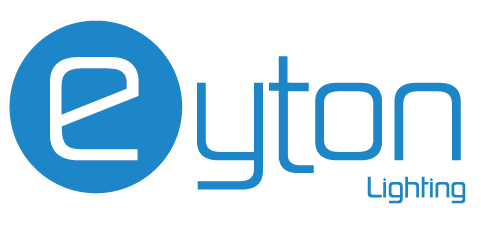LED lighting has revolutionized how we illuminate our spaces, but even the most seasoned DIY enthusiasts can make costly mistakes. As a lighting professional with 15 years of experience, I’ve seen countless LED installation mishaps that could have been easily avoided. From choosing the wrong color temperature to inadequate power supply calculations, these common LED lighting mistakes can lead to poor performance, shortened lifespan, and wasted money. Let’s explore the top 10 mistakes and their solutions. Understanding these pitfalls isn’t just about avoiding errors – it’s about creating the perfect lighting environment for your space while maximizing your investment. By addressing these 10 common mistakes, you’ll save money, time, and ensure your LED lighting performs optimally for years to come.
Why Is Choosing the Wrong Color Temperature Such a Common Mistake?
As a lighting professional, I’ve witnessed countless installations where the wrong color temperature transforms what should be a welcoming space into an uncomfortable environment. Here are the 10 most common LED color temperature mistakes and their solutions:
1. Ignoring Room Function: Installing cool white (4000K+) in bedrooms or warm white (2700K) in task-focused areas. Match temperature to activity – warmer for relaxation, cooler for concentration.
2. Mixing Different Temperatures: Using various color temperatures in the same room creates an unbalanced look. Maintain consistency within connected spaces.
3. Overlooking Natural Light: Failing to consider how daylight interacts with artificial lighting. Cool temperatures can appear harsh during sunny days.
4. Disregarding Surface Colors: Not accounting for how wall colors affect light reflection. Dark surfaces require different considerations than light-colored rooms.
5. Forgetting About Seasons: Not planning for seasonal changes in natural light. Spaces might need adjustable options.
6. Incorrect Retail Lighting: Using wrong temperatures in retail displays. Jewelry needs cool white, while clothing stores need balanced lighting.
7. Restaurant Mistakes: Installing cool white in dining areas makes food look unappetizing. Use warm temperatures (2700-3000K).
8. Healthcare Facility Errors: Using warm white where accurate color rendering is crucial. Medical spaces need proper cool lighting (4000-5000K).
9. Office Lighting Misjudgments: Installing lighting too warm or too cool affects productivity. 4000K lighting typically works best.
10. Residential Common Area Confusion: Using inconsistent temperatures in connected spaces creates jarring transitions.
Quick Guide:
– Bedrooms: 2700-3000K for relaxation
– Kitchens: 3500-4000K for task lighting
– Offices: 4000-5000K for focus
Remember: Your lighting choices significantly impact how people experience and function within a space.
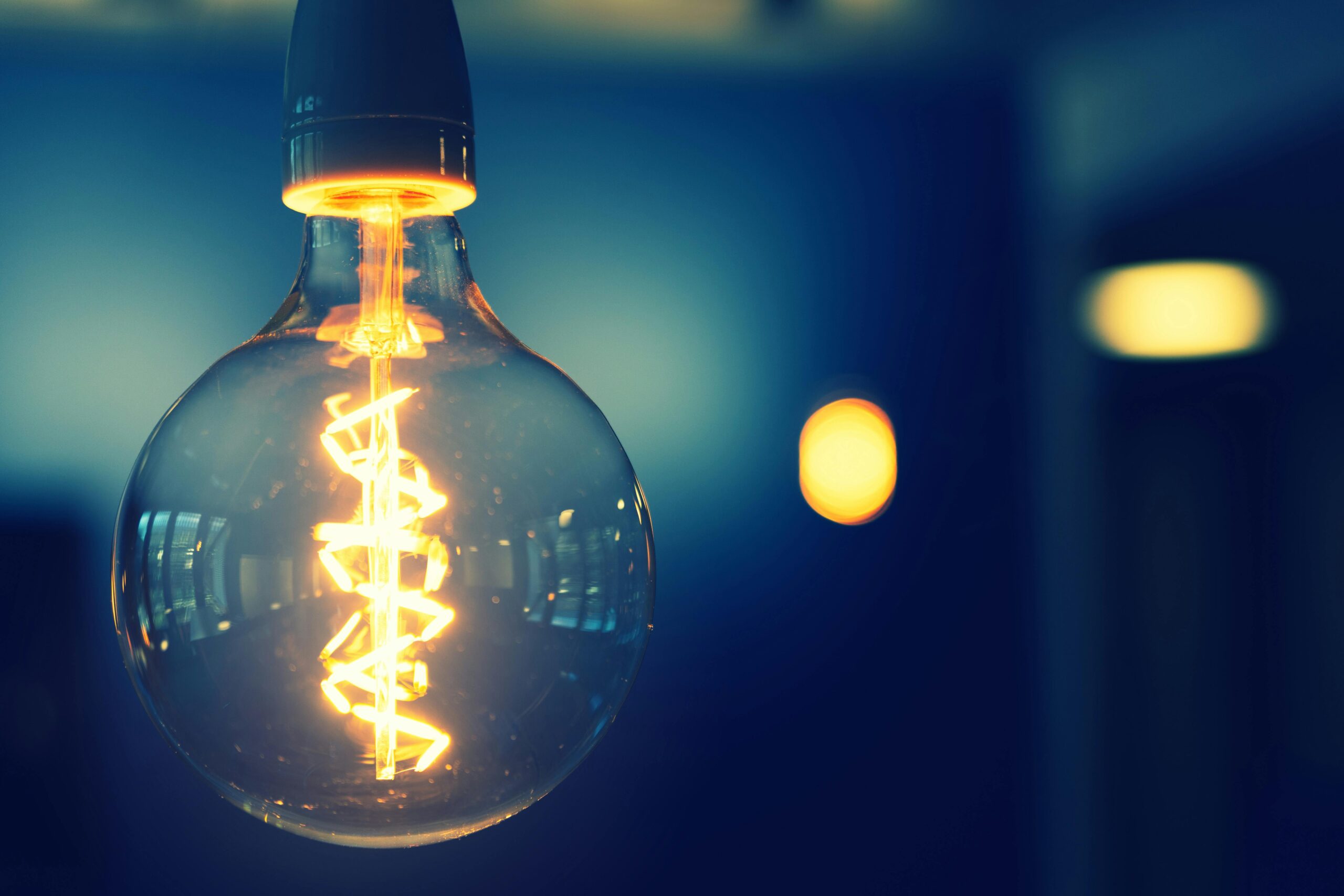
How Can Incorrect Power Supply Selection Damage Your LED System?
As a professional LED lighting engineer, I’ve seen countless power supply failures that could have been prevented. Here are 10 critical power supply mistakes that can damage your LED system, along with expert solutions to avoid them:
Underpowering the System
One common error I encounter is selecting a power supply with insufficient wattage. Let’s say you have a 100W LED system – you’d need a power supply rated at least 20% higher to account for power factor and efficiency losses.
| LED Load | Recommended Power Supply Rating |
|---|---|
| 100W | 120W minimum |
| 200W | 240W minimum |
Voltage Mismatch Issues
I’ve witnessed LED strips burning out instantly because installers connected 12V strips to 24V power supplies. Always verify your LED voltage requirements match your power supply output exactly.
Ignoring Voltage Drop
In longer LED runs, voltage drop can cause uneven brightness or complete failure at the end of the strip. Calculate voltage drop and use power injection points every 15 feet for 12V systems.
Poor Current Regulation
Constant current LEDs need drivers that maintain stable current output. LED efficiency depends heavily on proper current regulation, affecting both performance and lifespan.
Overloading Power Supplies
Running power supplies at maximum capacity reduces their lifespan dramatically. I recommend operating at 80% of rated capacity maximum for optimal longevity.
Environmental Considerations
Indoor power supplies installed in outdoor fixtures often fail prematurely. Select IP-rated power supplies appropriate for their installation environment.
Dimming Incompatibility
Not all LED power supplies support dimming. Using incompatible dimmers can cause flickering, buzzing, or complete failure.
Power Factor Problems
Low power factor supplies waste energy and may not meet local electrical codes. Choose supplies with power factor >0.9 for commercial installations.
Inrush Current Oversight
Startup current can trip circuit breakers. Using soft-start power supplies prevents this common issue.
Thermal Management
Poor ventilation leads to overheating and premature failure. Ensure adequate airflow around power supplies.
Correct power supply selection extends LED lifespan and ensures safe, efficient operation.
Implement these solutions in your LED installations to prevent costly failures and ensure optimal system performance. Remember that proper power supply selection isn’t just about matching wattage – it’s about creating a reliable, efficient, and safe lighting system that stands the test of time.
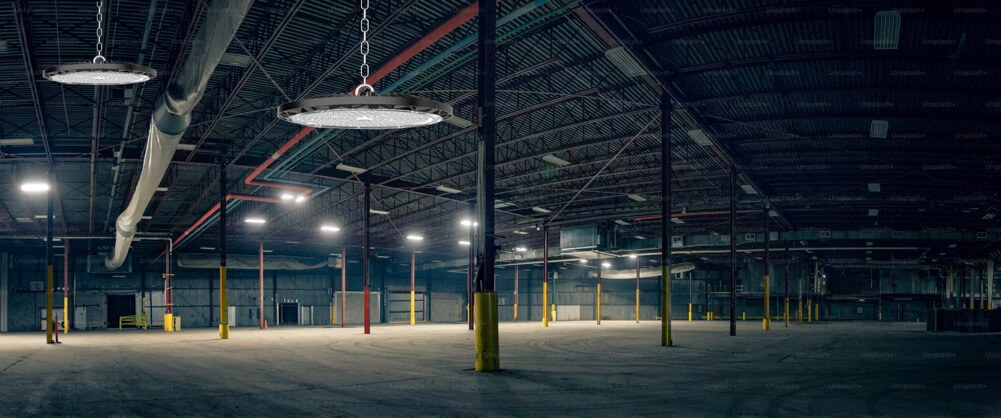
Are Your LED Connectors Causing Installation Problems?
In my 15 years of LED installation experience, I’ve seen connector issues create more headaches than almost any other component. Here are 10 crucial connector mistakes to avoid, along with professional solutions:
Improper Connector Size Selection
Using the wrong size connector creates loose connections or damages the LED strips. I recommend measuring both your LED strip width and the connector dimensions before purchase. A proper fit should feel snug but not require excessive force.
| Strip Width | Required Connector Size |
|---|---|
| 8mm | 8mm slim connector |
| 10mm | 10mm standard connector |
| 12mm | 12mm wide connector |
Poor Polarity Alignment
Reversing polarity can instantly destroy LED components. LED systems require precise electrical connections – always double-check the positive and negative markings before connecting.
Ignoring Environmental Requirements
Indoor connectors used in outdoor installations lead to corrosion and shorts. Select IP-rated waterproof connectors for outdoor or humid environments.
Skipping Strain Relief
Tension on connections eventually pulls wires loose. Install proper strain relief at every connection point.
Mixing Connector Types
Combining different connector brands or styles often results in poor contact. Stick to one manufacturer’s ecosystem for compatibility.
Insufficient Wire Gauge
Undersize wires cause voltage drop and overheating. Size up based on current draw and run length.
Low-Quality Connectors
Bargain connectors often have poor contact pressure and wear quickly. Quality connectors cost more upfront but save money long-term.
Improper Crimping Technique
Poor crimping creates weak connections that fail over time. Use the correct crimping tool and verify proper compression.
Missing Heat Shrink
Exposed connections are vulnerable to shorts and corrosion. Apply appropriate heat shrink tubing over all connections.
Overcrowded Junction Points
Too many connections in one spot creates heat buildup and maintenance difficulties. Space out connection points and use proper junction boxes.
Quality connectors and proper installation prevent system failures and reduce maintenance needs.
By avoiding these common connector mistakes, you’ll create reliable LED installations that stand the test of time. Remember that proper connector selection and installation isn’t just about getting the lights to work today – it’s about ensuring they continue working reliably for years to come.
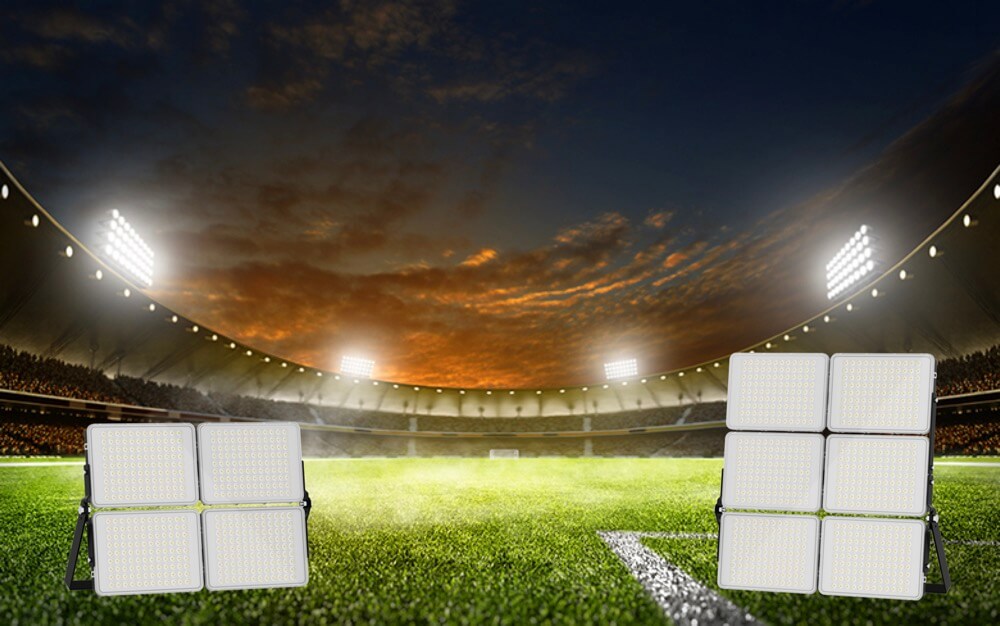
Why Do Precise Measurements Matter for LED Installation?
Through my decades of LED installation experience, I’ve observed that precise measurements make the difference between a professional installation and an amateur one. Here are 10 measurement-related mistakes that can derail your LED project:
Incorrect Spacing Calculations
I regularly see installations with uneven light distribution due to improper spacing. For optimal results, LED spacing should follow the 1.5x rule: space fixtures at 1.5 times the mounting height for even illumination.
| Mounting Height | Recommended Spacing |
|---|---|
| 8 feet | 12 feet |
| 10 feet | 15 feet |
| 12 feet | 18 feet |
Disregarding Room Dimensions
Skipping detailed room measurements leads to inadequate or excessive lighting. Calculate the total square footage and ceiling height to determine proper fixture quantities.
Ignoring Task Areas
Failing to measure specific work areas results in insufficient task lighting. Different tasks require varying light levels – measure and plan accordingly.
Overlooking Fixture Dimensions
Not accounting for fixture sizes creates installation conflicts. Always measure mounting holes and fixture depths against available space.
Poor Cable Length Calculations
Underestimating wire runs leads to voltage drop issues. Add 10% to measured distances for safety margin.
Mounting Height Errors
Incorrect mounting height measurements affect light distribution patterns. Document precise heights for each fixture location.
Ignoring Beam Angles
Failing to calculate beam spread creates dark spots or hot spots. Match beam angles to mounting heights and coverage needs.
Overlooking Obstacles
Not measuring around HVAC, pipes, or structural elements causes installation conflicts. Survey and document all potential obstructions.
Inaccurate Power Measurements
Imprecise voltage measurements lead to performance issues. Use proper testing equipment for accurate readings.
Disregarding Future Needs
Not measuring for potential expansion limits future options. Include measurements for possible additions in your planning.
Accurate measurements lead to professional-looking results and optimal light distribution.
Implementing precise measurements in every aspect of your LED installation ensures optimal performance and eliminates costly corrections. Remember, rushing through measurements inevitably leads to problems that require more time to fix than getting it right initially.
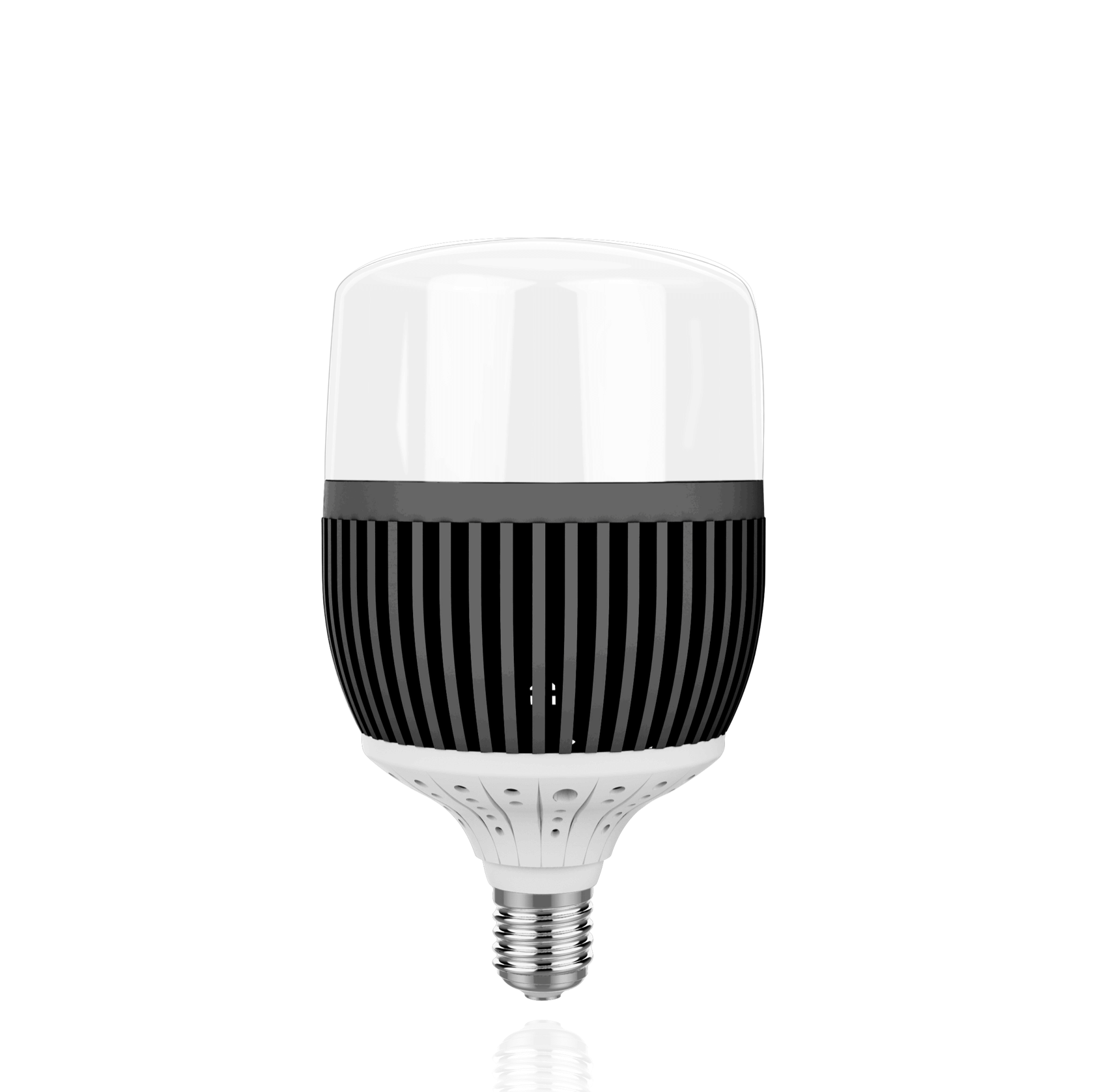
Where Should You Really Cut Your LED Strips?
Having installed countless LED strips over my career, I’ve seen how proper cutting technique can make or break an installation. Here are 10 critical cutting mistakes to avoid:
Ignoring Cut Lines
The most basic yet devastating mistake is cutting LED strips anywhere you please. LED strips have marked cutting lines – typically appearing as scissors icons or copper dots. These marks indicate complete circuit sections.
| LED Strip Type | Typical Cut Interval |
|---|---|
| 12V Standard | Every 3 LEDs |
| 24V High-Density | Every 6 LEDs |
| RGB Strips | Every 3-6 LEDs |
Using Wrong Tools
Dull scissors or wire cutters can damage the PCB. Quality LED strips require clean cuts – use sharp scissors designed for electronics.
Rushing The Cut
Hasty cuts often result in jagged edges or damaged circuits. Take time to measure twice, cut once.
Cutting Powered Strips
Cutting live LED strips can short circuit components. Always disconnect power before making any cuts.
Ignoring IP Ratings
Waterproof strips require special attention – cutting through sealant requires proper resealing.
Forgetting To Mark
Not marking cut points leads to mistakes. Use a fine-point marker to indicate exact cutting locations.
Overlooking Connection Points
Cutting too close to existing connections weakens the strip. Leave adequate space between cuts and connectors.
Disregarding Voltage Drop
Cutting strips too long creates brightness inconsistency. Calculate voltage drop for your specific installation.
Improper Angle Cuts
Angled cuts can expose circuitry. Always cut perpendicular to the strip.
Neglecting Final Sealing
Leaving cut ends exposed in damp environments causes corrosion. Seal all cut ends properly.
Proper cutting techniques preserve LED strip functionality and prevent waste.
By following these guidelines, you’ll avoid costly mistakes and ensure your LED strip installation maintains its intended brightness and longevity. The extra time spent making precise cuts pays dividends in reliability and appearance.
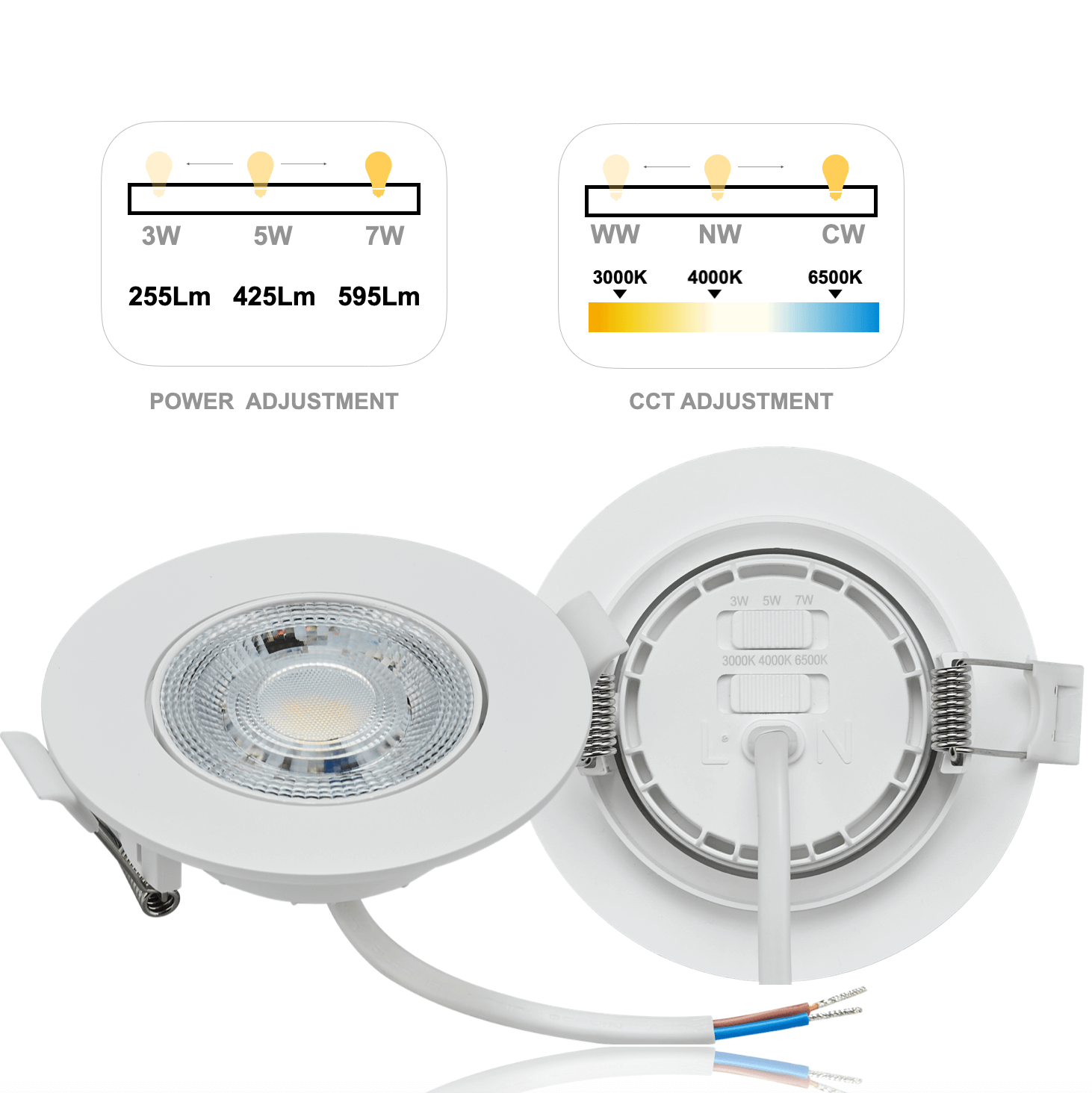
What Makes Proper Mounting So Critical for LED Performance?
In my 20 years of LED installation expertise, proper mounting stands as the foundation of long-lasting LED performance. Here are 10 mounting mistakes that can compromise your LED system’s effectiveness:
Insufficient Heat Dissipation
The biggest mounting error I encounter involves blocking heat escape routes. LEDs need proper airflow – mounting them in enclosed spaces without ventilation dramatically reduces their lifespan.
| Fixture Type | Minimum Air Gap |
|---|---|
| High Bay | 12 inches |
| Panel Light | 4 inches |
| Strip Light | 2 inches |
Improper Surface Preparation
Skipping surface cleaning or mounting on unstable surfaces leads to eventual fixture failure. LED fixtures require secure mounting for optimal performance and safety.
Incorrect Mounting Height
Mounting fixtures too high or too low affects light distribution and accessibility. Calculate optimal mounting heights based on space requirements and fixture specifications.
Weak Support Structure
Underestimating fixture weight leads to sagging or falling lights. Always verify weight ratings for mounting hardware and surfaces.
Poor Alignment
Misaligned fixtures create uneven illumination. Use laser levels and proper measuring tools for precise positioning.
Ignoring Thermal Expansion
Failing to account for material expansion in different temperatures causes mounting stress. Leave appropriate expansion gaps.
Improper Mounting Angles
Incorrect angles affect light distribution and create glare. Follow manufacturer specifications for optimal mounting angles.
Missing Vibration Protection
In industrial settings, vibration can loosen mounts over time. Use vibration-resistant hardware and regular inspections.
Incorrect Hardware Selection
Using inappropriate screws or brackets compromises stability. Match hardware to both fixture requirements and mounting surface.
Poor Cable Management
Improper wire management strains connections and creates safety hazards. Plan cable routes before mounting.
Correct mounting techniques extend LED lifespan and improve lighting effectiveness.
By addressing these common mounting mistakes, you’ll ensure your LED installation maintains optimal performance throughout its intended lifespan. Remember that proper mounting isn’t just about securing the fixture – it’s about creating the ideal operating environment for your LED system.
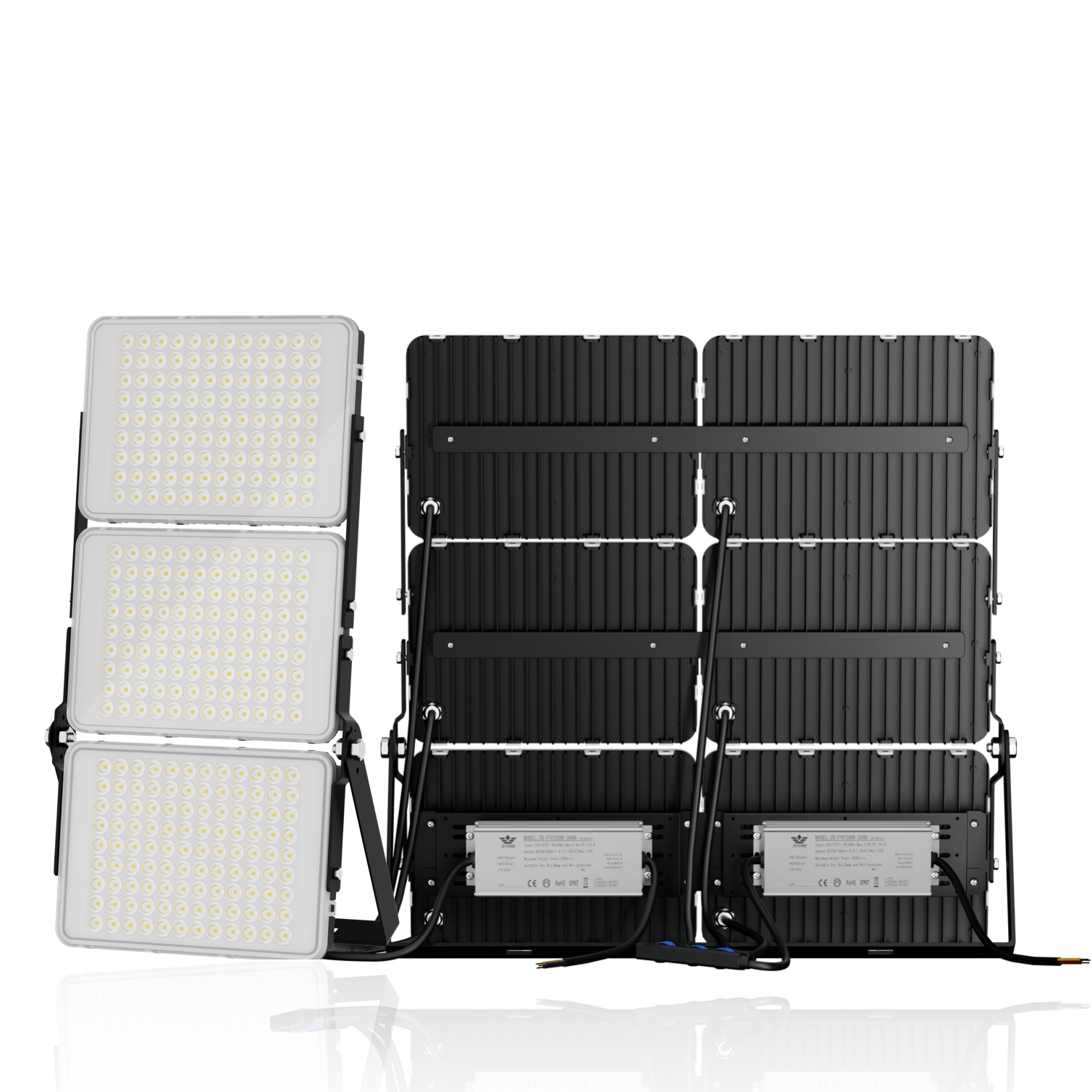
How Do Environmental Factors Affect Your LED Installation?
Through my years of LED installation experience in various environments, I’ve learned that environmental factors can make or break your lighting system. Here are 10 crucial environmental mistakes to avoid:
Ignoring Temperature Extremes
Many installers overlook temperature fluctuations. LED performance degrades significantly outside optimal ranges. In my practice, I’ve seen installations fail simply because temperature limits weren’t considered.
| Environment Type | Required Protection Level |
|---|---|
| Indoor Climate Controlled | Standard IP20 |
| Outdoor Covered | Minimum IP54 |
| Outdoor Exposed | IP65 or higher |
Moisture Protection Oversights
Humidity wreaks havoc on unprotected LED systems. Proper moisture protection extends LED life significantly, especially in humid climates or outdoor installations.
Dust Accumulation
Dust build-up reduces heat dissipation efficiency. Regular cleaning schedules must be part of maintenance protocols.
Chemical Exposure
In industrial settings, airborne chemicals corrode LED components. Special protective coatings or enclosed fixtures become essential.
UV Radiation Effects
Direct sunlight damages unprotected LED components. UV-resistant materials and proper positioning prevent premature aging.
Vibration Impact
Constant vibration loosens connections and damages components. Anti-vibration mounts and regular inspections prevent failures.
Salt Air Exposure
Coastal installations require special consideration. Marine-grade components and additional protective measures become crucial.
Temperature Cycling
Rapid temperature changes stress LED components. Proper thermal management systems help mitigate these effects.
Airflow Restrictions
Poor ventilation leads to heat buildup. Adequate spacing and proper heat sink design ensure optimal performance.
Condensation Issues
Temperature differentials create condensation. Proper sealing and drainage prevent water accumulation inside fixtures.
Environmental protection measures ensure consistent performance in any condition.
Implementing these environmental protection strategies helps avoid common pitfalls that plague LED installations. Remember, environmental protection isn’t just about immediate functionality – it’s about ensuring your lighting system performs reliably throughout its intended lifespan.
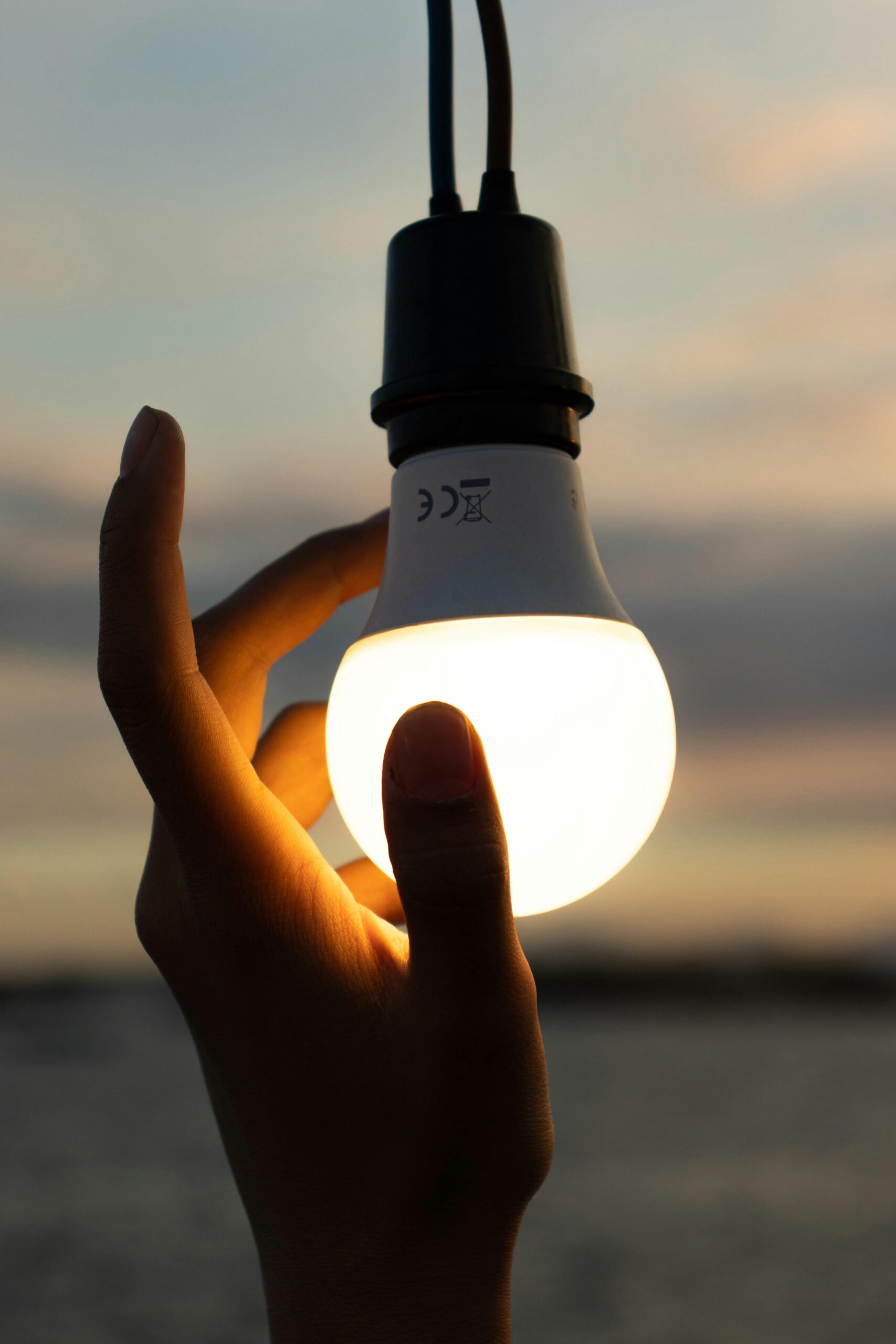
Why Should You Care About LED Dimming Compatibility?
As an LED dimming specialist with extensive field experience, I’ve encountered numerous compatibility issues that could have been avoided. Here are 10 critical dimming mistakes and their solutions:
Mismatched Dimming Protocols
In my practice, mixing different dimming protocols leads to immediate problems. 0-10V dimmers won’t work properly with TRIAC systems, and vice versa.
| Dimming Type | Compatibility Requirements |
|---|---|
| 0-10V | 0-10V LED Driver |
| TRIAC | TRIAC-compatible Driver |
| DMX | DMX Controller + Compatible Driver |
Ignoring Minimum Load Requirements
Many dimmers need a minimum load to function properly. LED compatibility depends on meeting these minimum requirements to avoid flickering issues.
Overloading Dimmers
Exceeding dimmer capacity causes overheating and failure. Calculate total connected load carefully.
Poor Wire Selection
Incorrect wire gauge or type creates voltage drop issues. Use appropriate wiring for your dimming system.
Incompatible LED Drivers
Not all LED drivers support dimming. Verify driver specifications before installation.
Mixed LED Types
Combining different LED products on one dimmer often causes uneven dimming. Stick to one product family.
Incorrect Dimming Range
Some LEDs only dim to 10%, while others go to 1%. Match dimming ranges to application needs.
Poor Installation Practices
Improper wiring creates interference. Follow manufacturer guidelines exactly.
Skipping Compatibility Testing
Assumptions about compatibility lead to problems. Test all components together before full installation.
Outdated Dimmer Technology
Older dimmers may not work with modern LEDs. Update to current technology for better results.
Proper dimming compatibility provides smooth operation and enhanced user experience.
By addressing these common dimming mistakes, you’ll create lighting systems that operate smoothly and reliably. Remember that dimming compatibility isn’t just about functionality – it’s about creating the right atmosphere while maintaining system longevity.
Is Poor Heat Management Killing Your LED Lights?
Through my extensive experience in LED thermal management, I’ve identified 10 critical heat-related mistakes that significantly impact LED longevity. Here’s what you need to know:
Insufficient Heat Sink Size
One of the most common errors I see involves undersized heat sinks. The heat sink surface area must match your LED’s thermal output.
| LED Power | Minimum Heat Sink Size |
|---|---|
| 10W | 50 sq. inches |
| 30W | 120 sq. inches |
| 50W | 200 sq. inches |
Poor Thermal Interface
The gap between LED and heat sink creates thermal resistance. Using quality thermal paste improves heat transfer significantly, reducing operating temperatures.
Blocked Airflow
Obstructed ventilation prevents natural convection cooling. Design installations with adequate air circulation paths.
Incorrect Thermal Material
Low-quality thermal compounds degrade quickly. Use industrial-grade thermal interface materials rated for your application temperature.
Overdriving LEDs
Exceeding current specifications generates excessive heat. Maintain recommended current levels even if brightness increases tempt you.
Poor Ambient Temperature Management
High ambient temperatures compound thermal issues. Account for environmental heat in your thermal management strategy.
Clustered Installation
Mounting LEDs too close together creates heat spots. Space fixtures appropriately for thermal distribution.
Sealed Enclosure Problems
Airtight housings trap heat. Implement proper ventilation or active cooling for enclosed fixtures.
Ignoring Thermal Feedback
Not monitoring temperature leads to premature failure. Install temperature sensors in critical applications.
Improper Driver Location
Placing drivers too close to LEDs adds heat load. Separate heat-generating components where possible.
Effective heat management can double or triple LED lifespan.
By addressing these thermal management issues, you’ll significantly extend your LED system’s operational life. Remember that heat management isn’t just about preventing failure – it’s about maintaining optimal performance throughout the entire installation.
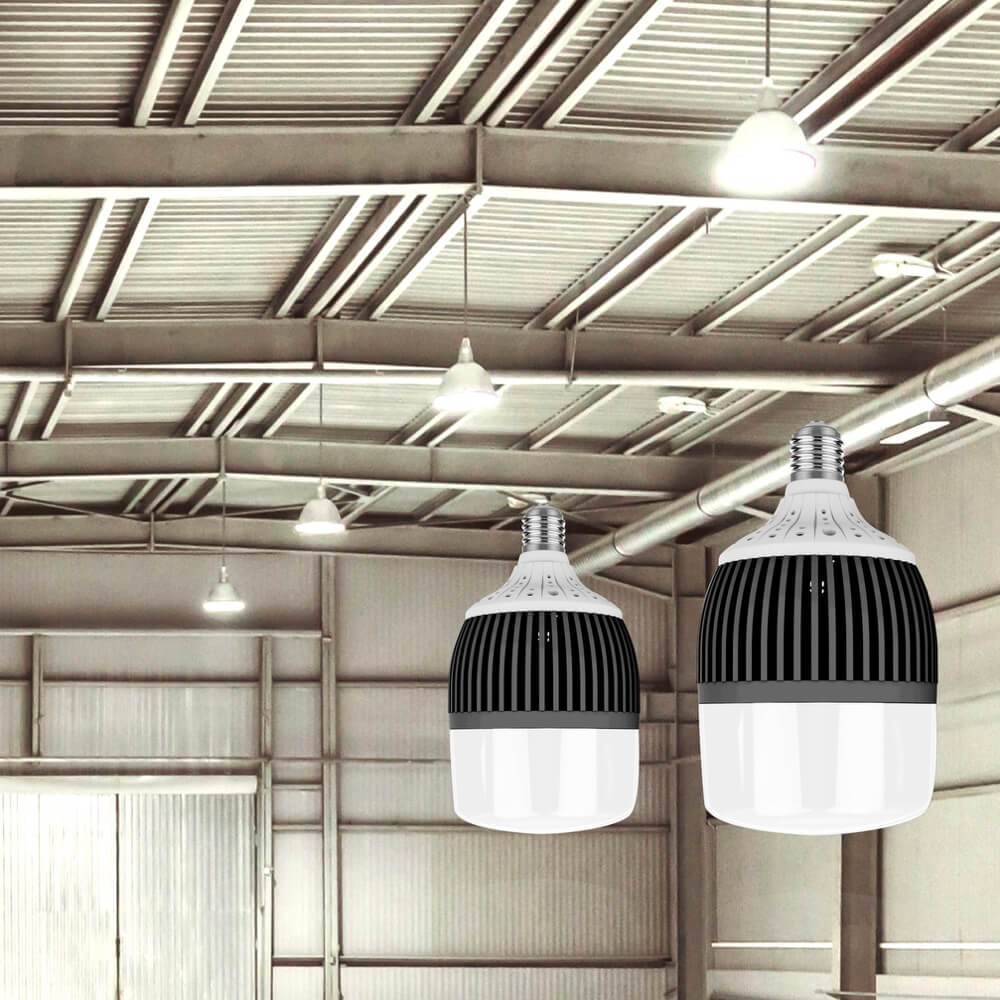
How Does LED Quality Impact Long-term Performance?
In my role as a LED quality control specialist, I’ve analyzed thousands of LED products. Here are 10 quality-related mistakes that can impact long-term performance:
Poor Color Binning Practices
Not all manufacturers maintain strict color consistency standards. LED binning affects how your lights match across installations.
| Color Consistency | MacAdam Steps |
|---|---|
| Excellent | 2 SDCM or less |
| Good | 3-4 SDCM |
| Fair | 5+ SDCM |
Substandard Driver Components
Cheap drivers fail prematurely. Quality LED performance depends heavily on driver reliability – invest in products with name-brand drivers.
Poor Thermal Design
Inadequate heat management affects light output and lifespan. Look for products with robust thermal management systems.
Weak Surge Protection
Insufficient surge protection leads to early failure. Quality LEDs include appropriate surge protection ratings.
Low CRI Ratings
Poor color rendering makes spaces look unnatural. Choose LEDs with CRI 80+ for general use, 90+ for critical applications.
Misleading L70 Ratings
Unrealistic lifetime claims mask poor quality. Verify L70 testing methodology and certification.
Inconsistent Manufacturing
Poor quality control leads to performance variations. Choose manufacturers with ISO certification and documented quality processes.
Inadequate Testing
Lack of proper testing hides defects. Quality manufacturers provide comprehensive test data.
Cut-Rate Components
Cheap capacitors and other components fail early. Examine component specifications carefully.
Missing Certifications
Absent safety certifications indicate quality issues. Verify UL, ETL, or equivalent certifications.
High-quality LEDs provide better value and performance over time.
By avoiding these quality-related pitfalls, you’ll select LED products that deliver reliable performance throughout their rated lifetime. Remember that initial cost savings often lead to higher long-term expenses through premature replacement and maintenance.
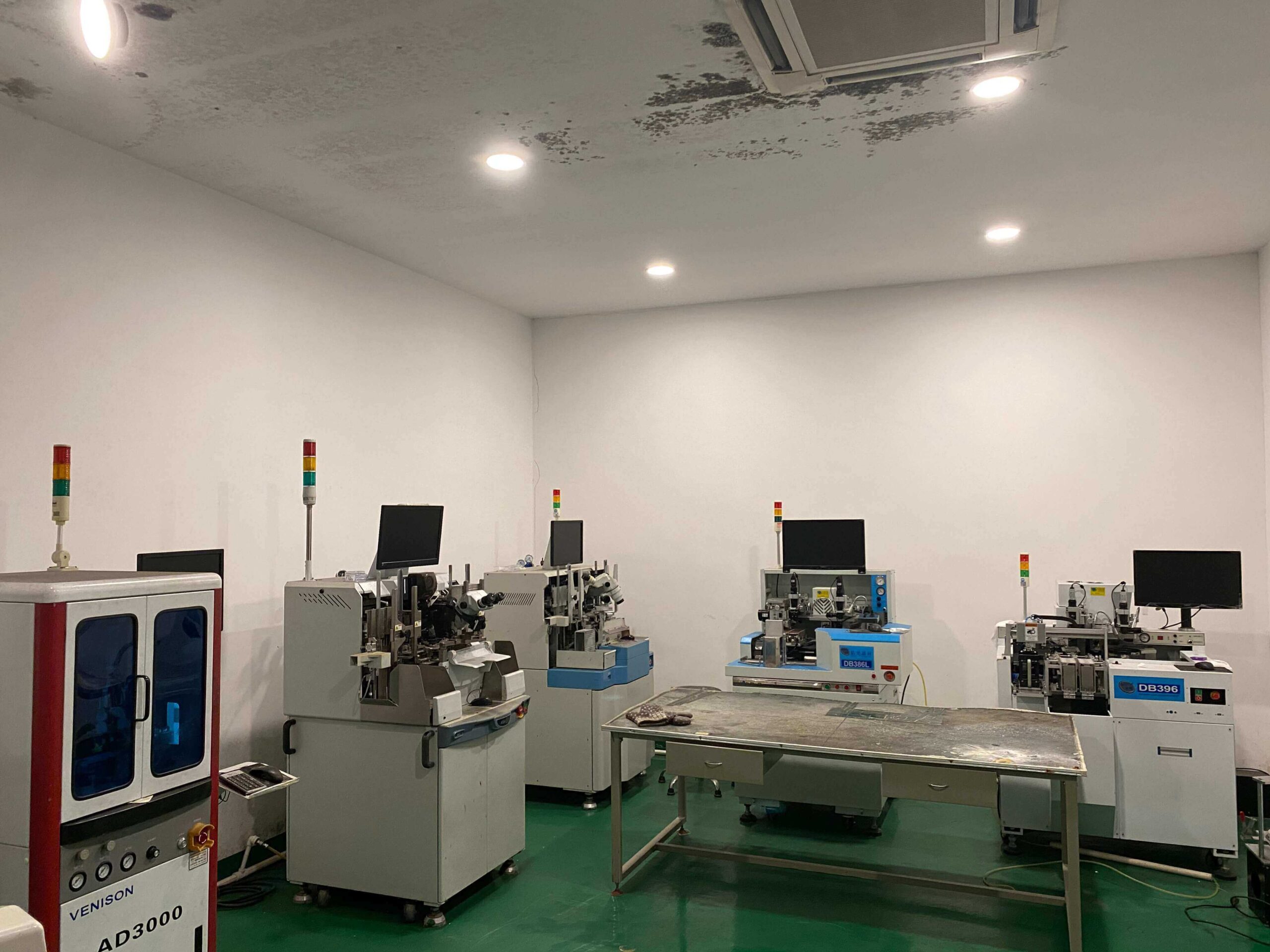
Conclusions
By avoiding these common LED lighting mistakes, you can ensure your installation provides optimal performance, longevity, and value. Remember to carefully consider each aspect of your LED lighting project, from initial planning to final installation, and don’t hesitate to consult professionals when needed.
